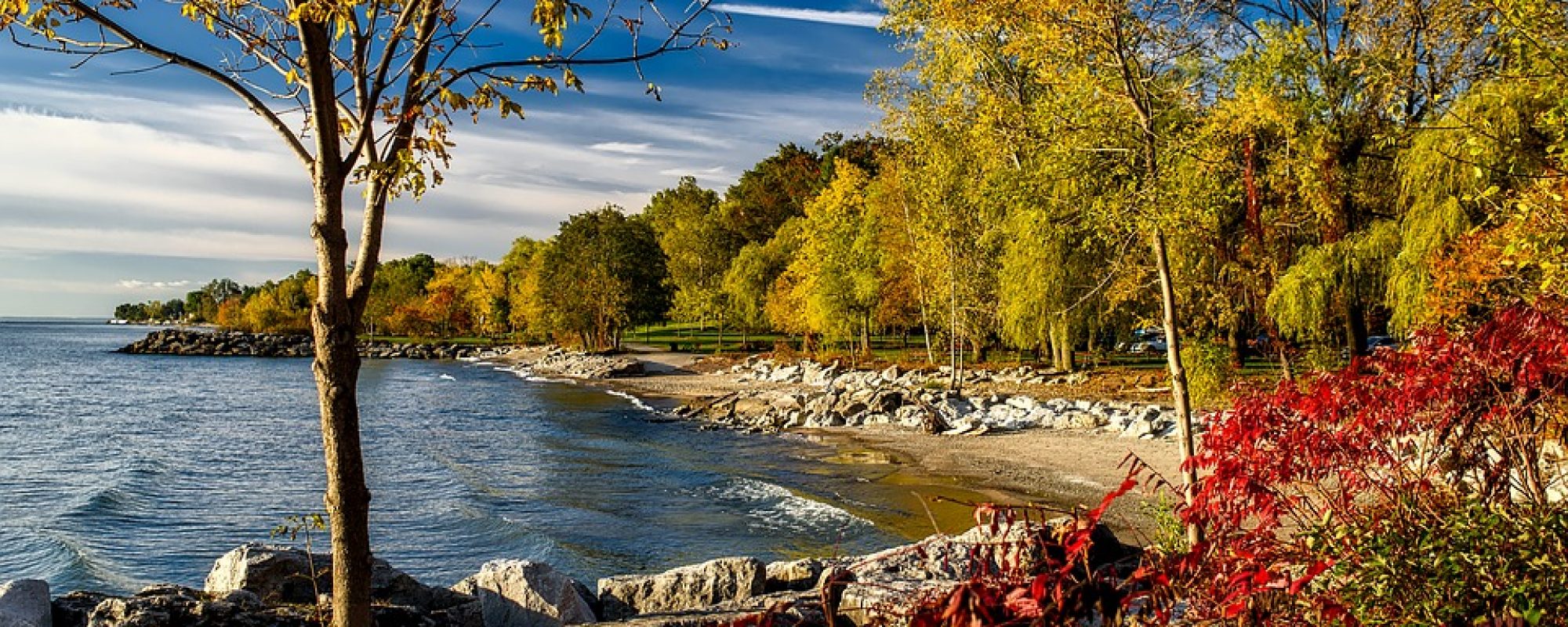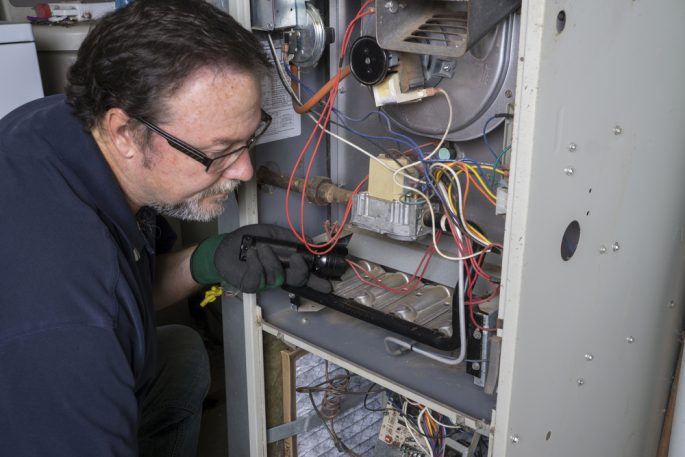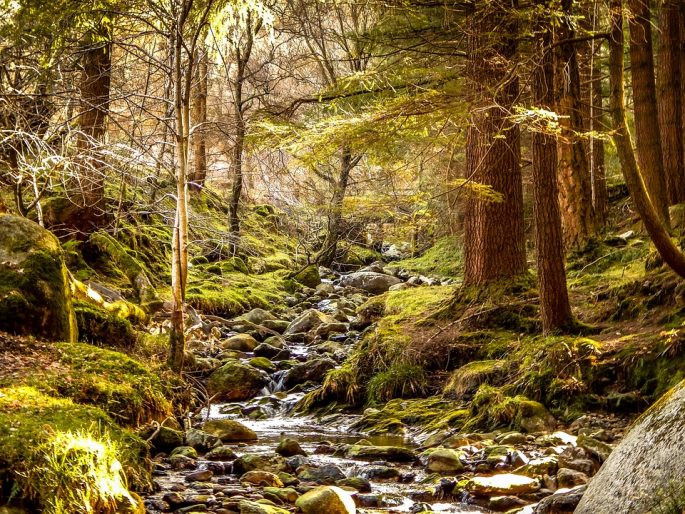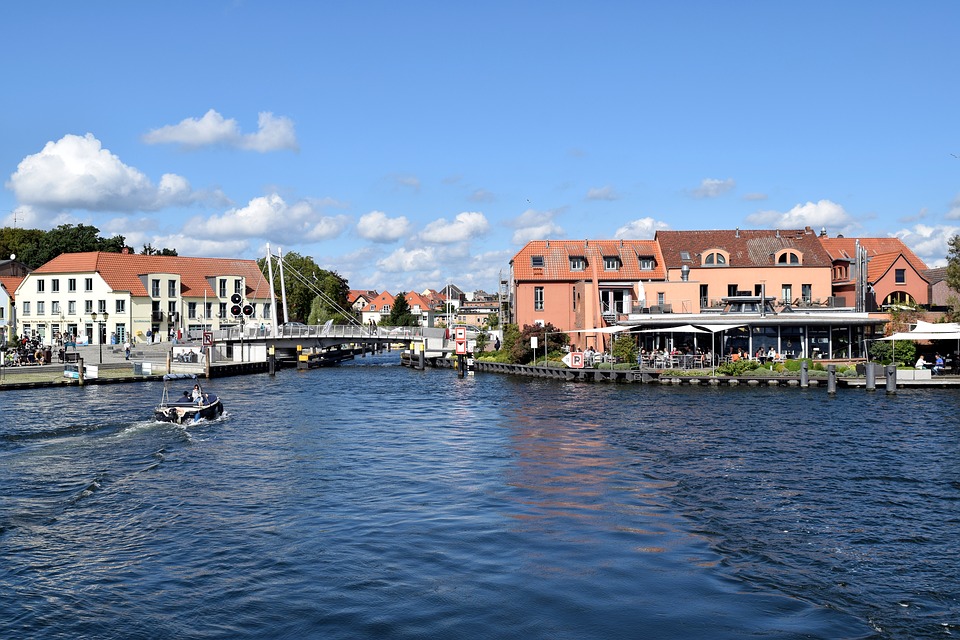Wondering if you should call for furnace repair?
Whats if it’s a simple thing you could have fixed yourself …
Below is the list of items you should check on before you call a heating and cooling professional. When people have a problem, they usually just call a Ottawa heating and cooling contractor. If the technician comes and finds a simple problem that the homeowner could have easily dealt with themselves, they will still be charged for the service call. In the winter months, you may not have the same patience level, especially with dropping temperatures in the home, however, you should check these things before calling for heating furnace repair.
I have attended to many service calls and went to fix the problem only to realize it is something so simple that could have been easily fixed by the homeowner to ensure their heating system or air conditioner works well. If you’re not comfortable dealing with such things, then the best approach is letting a technician do it for you. You will, of course, have to pay for that convenience. The company is going to charge a minimum rate when you call no matter how simple the problem is to correct.
You should keep in mind that there is a limit on what you can do when it comes to repairing your HVAC system.
Checklist before calling a heating and cooling company for repairs:

- Temperature setting and thermostat mode – Have a look at your thermostat and check selections. Make sure you have the desire mode settings on it. There are many people who have called a professional because their system is not working while it was just a matter of having the correct settings on their thermostat. Some forget to set the thermostat for the temperature they want or did not have the mode switch set to cooling or heating.

- Clean Filters – you need to ensure your air filters are clean. I’ve been called numerous times to repair many HVAC systems, and it turned out that the problem was dirty filters. The system operated normally once the filters were changed. Your filters need to be clean and free from dirt and debris.
- Switches/Breakers or Power Supply – You need to check this. This will involve looking at your circuit breaker and/or the wall switch. This can be found on the wall, close to the unit, furnace room, or ceiling near the bottom of the basement stairs. These switches can be mistaken for light switches. According to building codes, the switch plates have to be marked (in red and with warning letters), but for one reason or another, they get changed with the regular switch plate, which is why some people confuse it for a regular light switch. You need to ensure the switch has been marked, with something like “furnace”. Of course the furnace breaker can also be found in your electrical panel.
- Checking Outdoor Disconnect Switches – Many outdoor heat pumps (and AC) units tend to have a disconnect switch and this switch can be fused or be like a breaker. These are special types of fuses, which is why you should replace them with a like fuse when they blow. You should try your best to find an exact replacement any time you replace an electric fuse. If the circuit breaker of your air conditioner trips regularly, then it could be a sign of a more serious problem that needs to be looked at by an HVAC professional. Keep in mind that a heat pump circuit breaker is not going to rest the same way as an air conditioner disconnect switch. There are some problems you should never think about repairing yourself if you don’t have the experience or skills. You need to call a technician when your furnace, air conditioner, or heat pump trips a low voltage breaker or blows a low voltage fuse.
- Fuel Supply – If you have a problem with your heating and you are using a gas furnace, have a look at your gas service to ensure it hasn’t been terminated. When gas companies detect a leak, they will turn off the gas service. They can do this without giving you any notice. Check for a lock on the gas valve or a red tag on the gas valve leading to the meter. If you are using propane, then check if it is empty. Lift the propane tank covers and see the guide on the tank. If it is not at least 10%, then call your supplier for a fill.
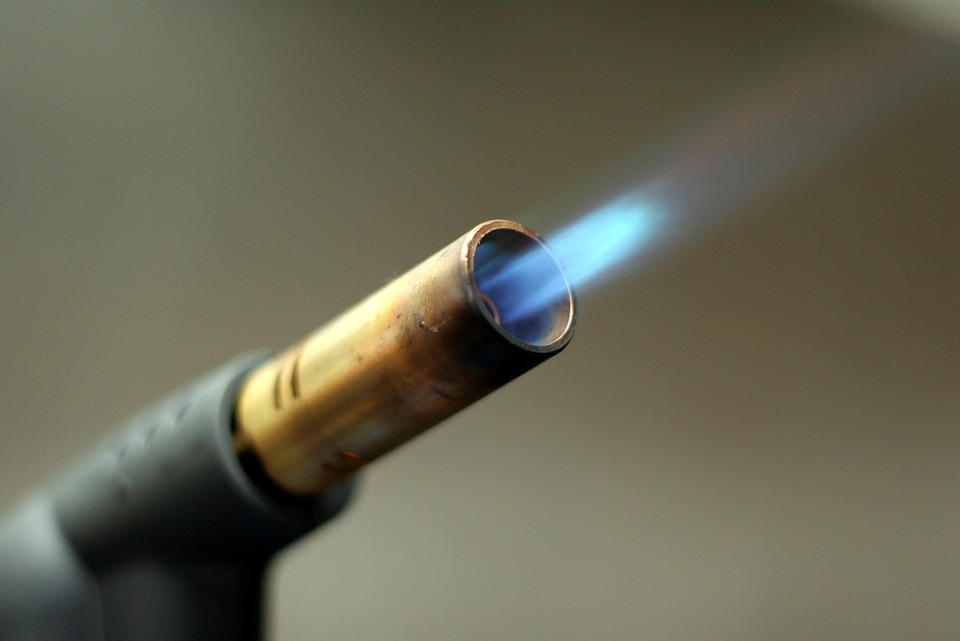
- Pilot Lights – If you have an older gas furnace (including a water heater), then check to see if the pilot light is on. This is not a concern for most people because they have electronic ignition, but there are gas furnaces that have pilot lights. The newer gas furnaces using electronic ignition usually have flash codes that will notify you if something is wrong. Keep in mind that there are also normal flash codes. You can find an explanation of the flash codes on the gas furnace to know whether something is wrong.
The above list is going to help you a lot.
When you call the HVAC service company, they usually ask some of these questions before they can come to your home.
This will help you avoid wasting money because you don’t want to spend a lot on repair when you could have dealt with the problem with little effort.

